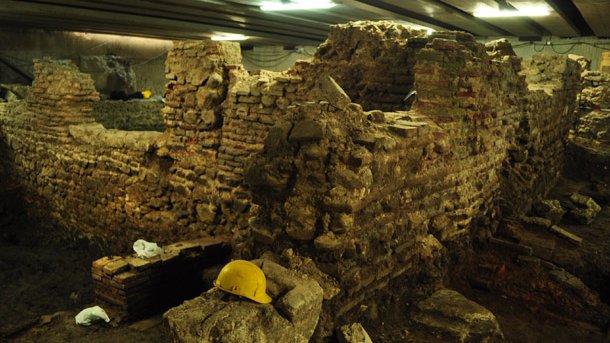
At the zenith of summer nearly 2 million-strong Sofia is torn by construction work causing nerve-wracking traffic jams and chaos. The residents of Sofia, however, are stoically facing the inconveniences awaiting the moment when the city will become a worthy opponent of such culture destinations like Rome, Athens, etc.
The first stage of some of the most massive archeological excavations ever done in Bulgaria will probably be finished in a month and a half. Archeologists have almost entirely unearthed the remains of antique Serdika which spreads over a vast area in front of the National Assembly and under the central Maria Luisa Blvd. The archeological remains are yet to be conserved, restored and exhibited. In the near future, on our way to the new underground station we will be passing by Roman streets and the preserved walls of antique buildings, basilicas and mineral baths, Sofia Municipality promises.
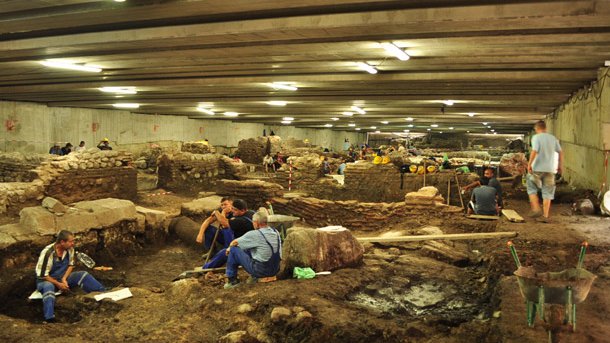
Most of the ancient streets and buildings are somewhat sandwiched between the city and the currently under construction tube which is only a few meters away from the remains. While construction machines are rattling above and nervous drivers are honking horns, archeologists are fervently finishing their excavation work below. “We are almost done. We’ve reached the last culture layers at many places and we’ve already started documenting the finds”, says Mario Ivanov, head of the excavations in the area under Maria Luisa Blvd. The young archeologist looks very enthusiastic when talking about Serdika. The city appeared some 2000 years ago. It had somewhat avant-garde water sanitation, modern baths, wide streets and comfortable residential buildings with spacious rooms…In fact some of them could encompass the apartment I live in today, the archeologist laughs. In the period 1-6 century the city flourished within the boundaries of the Roman Empire. Most of the finds come from that period.
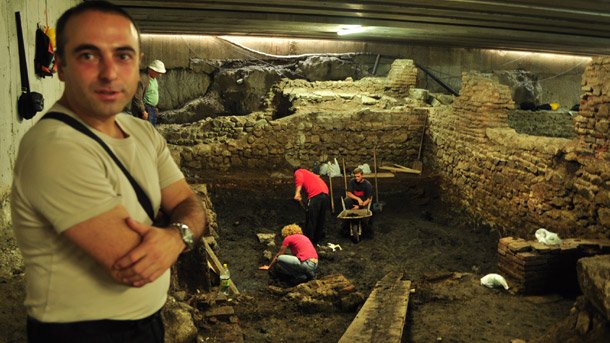
“These are large quarters of presumably quite well-off people, which is revealed by their big size and beautiful mosaic work, which we’ve discovered this year”, says Mr. Ivanov. “We also excavated a part of a building which looks like a basilica dating back to 4 century. We believe it was realigned and existed until 6 century. We also came upon a medium large mineral bath, which is believed to have existed in 3-4 century, after which it was most probably converted into a residential area. We found in it traces of installation and underfloor heating, a small pool with a well-preserved waste pipe, etc. After 15 century the majority of buildings were reconstructed or destroyed as a result of other construction projects”.
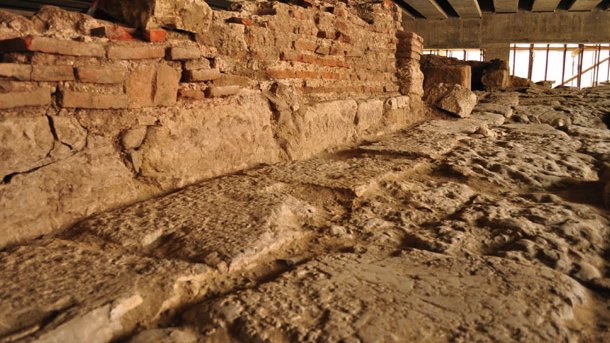
It is presumed that in the last years of 6 century Serdika was hit by a powerful earthquake which put an end to its prosperity. Archeologists have found very few traces of the city’s development over the Middle Ages, mostly small residential spaces and fencing of earlier buildings. According to Mr. Ivanov, the current excavations are at odds with the popular in historical sources notion about the power of the medieval city of Sredets. “We can’t exclude the possibility of the town being moved at the time to some of the neighbouring eminences”, the archeologist believes. The region abounds in remains from the period after 15 century, such as walls of medieval churches and buildings, as well as streets and two big necropolises with hundreds of graves. The archeologists have estimated as extremely valuable the recently discovered ceramics, adornments, iron items, antique coins, seals, etc. They are being examined at the moment and are going to be exhibited in a special show. “We are finding more and more coins all the time. So far, we’ve unearthed more than 2500 coins”, says Dochka Aladzhova from the National Archeological Institute with Museum Bulgarian Academy of Sciences.
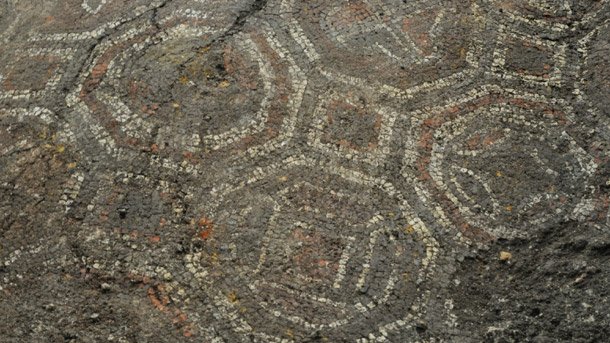
“My colleagues have found out hat the historical life of Serdika is 20 centuries old. However, we’ve discovered at the site 24-century old coins, Dochka Aladzhova explains. They could have appeared here by accident, because we haven’t found a historical layer to correspond to their dating. Perhaps, they happened to be here as a result of some trade connections. We also found interesting seals. The last find is a superbly preserved medieval seal from the second half of 11 century. It was part of a document sent by Constantinople to medieval Sredets showing the role of that city at the time.”
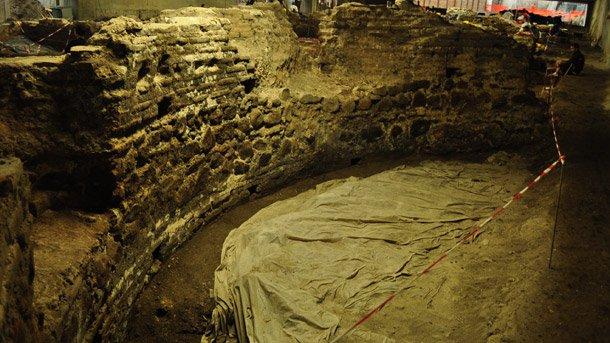
Most of the unearthed finds date to the period 1-6c
The excavations in front of the National Assembly building will be covered with a glass vault, envisages a project for reviving Serdika. People will walk along the two high streets of the ancient city before entering the metro station. There will be cafes and an open stage. “We’d like people to feel the spirit of ancient Serdika”, says Mario Ivanov. The residents of Sofia are eagerly awaiting the opening of the archeological complex. In fact, the revival of Serdika will be among Sofia’s trump cards in its bid for European Capital of Culture 2019.
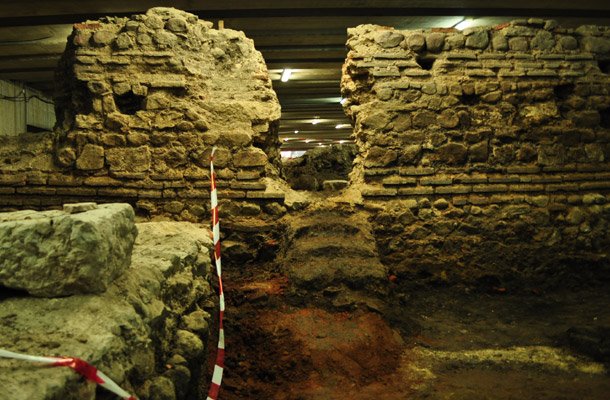
English version: Vyara Popova
Photos: Veneta Nikolova
Pipes from the end of the 17 th , the 18 th and the 19 th century and the tradition of growing tobacco in Bulgaria are presented in the newest exposition at the Museum of Archaeology in Burgas. “Pipes like this are to be found often on the..
In Bulgaria, when we talk about a person with bad luck, we often say: "Ah, what a Marko Totev!" But who exactly was Marko Totev, and how did his name become a byword for a person with ill fortune and a bad luck? "He was a Bulgarian public figure..
30 March marks the end of the most blessed time of the year, as Muslims call the month of Ramadan. This year it started on 1 March, and the most important obligation Muslims have during this 30-day period is to refrain from food, drink and temptation..
Pipes from the end of the 17 th , the 18 th and the 19 th century and the tradition of growing tobacco in Bulgaria are presented in the newest..

+359 2 9336 661
